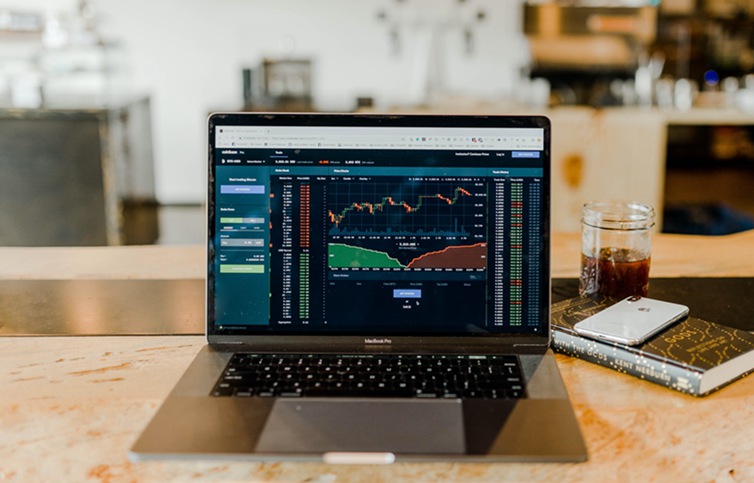China's yuan hits 2023 lows on signs PBOC is tolerant of some weakness

- Yuan weakens amid escalating US-China trade war
- Yuan weakness seen counteracting export pressures
- PBOC unlikely to pursue sharp yuan depreciation, analysts say
SHANGHAI, April 8 (Reuters) - China's yuan fell to its weakest level since 2023 on Tuesday after the central bank slightly loosened its grip on the currency in what analysts said was an attempt to counteract the blow to exports from an intensifying global trade war.
The escalating tariff spat between the world's two largest economies showed few signs of abating. U.S. President Donald Trump threatened to increase duties further on China, following their tit-for-tat tariffs on each other's goods last week.
"After the market saw China's firm retaliation on Friday, expectation for China to eventually devalue the currency has jumped and the pressure won't go away easily," said Ju Wang, head of Greater China FX & rates strategy at BNP Paribas.
A weaker yuan would make exports cheaper and alleviate some pressure on China's trade and the broader economy, but a sharp decline could fuel unwanted capital outflow pressure and risk financial stability, some analysts and economists said.
"Beijing's more strident stance on U.S. tariffs could align with some softening in the yuan to better absorb incoming shocks," Vishnu Varathan, head of macro research for Asia excluding Japan at Mizuho Bank.
"But the People's Bank of China will not desire or pursue sharp depreciation as financial stability features."
Prior to market opening, the PBOC set the midpoint rate CNY=PBOC, around which the yuan is allowed to trade in a 2% band, at 7.2038 per dollar, the weakest level since September 11, 2023 but firmer than a Reuters' estimate CNY=RTRS of 7.3321.
Market participants have been waiting to see when the central bank will allow the official midpoint to fall past a key 7.2 per dollar, as that could open the way for a decline to 7.35, a level last seen in 2023 and the weakest yuan setting since the 2008 global financial crisis.
Based on Tuesday's fixing, the spot rate is allowed to fall as far as 7.3479.
The softer midpoint fixing dragged the onshore yuan CNY=CFXS down to a trough of 7.34 per dollar in early trade, the weakest level since September 11, 2023. It was last changing hands at 7.3367 as of 0153 GMT.
Its offshore counterpart CNH=D3 traded at 7.3501.
Both onshore and offshore yuan have lost more than 1% against the dollar so far this month, leaving them slightly weak for the year, pressured by fears of the economic impact of U.S. tariffs.
"Faced with Trump tariffs, Beijing will retaliate with a mix of tariff and non-tariff measures, but a sharp yuan depreciation (>10%) is not very likely in our view," said Larry Hu, chief China economist at Macquarie.
"Beyond its revealed preference for currency stability, Beijing may also want to be seen as a global stabilizing force in such turbulent times."





